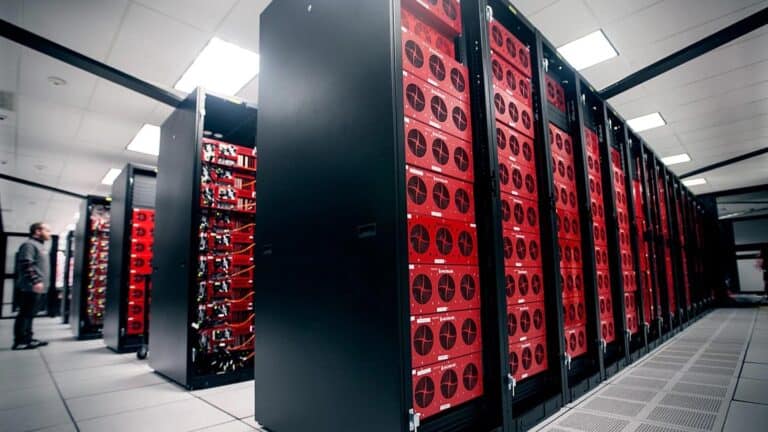Cloud backup company Backblaze has become well-known for its hard drive and SSD failure rate reports. The interval of time it uses for its reports varies, as sometimes it’s quarterly, annual, or both. The company is using the longest reporting timeline we’ve ever seen this time. It’s shown the failure rates of all its SSDs since it began using them in 2018. It’s also offering insight into the SSDs’ operating temperatures over time. This answers the question of whether they run cooler than HDDs. Most of the SSDs fared quite well, with an annualized failure rate of less than 1%.
The report shows the lifetime failure rates of 2,906 SSDs in use as of the end of 2022. The company uses them as boot drives in its storage servers. Despite the “server” environment, Backblaze uses 13 different consumer SSDs. Also, the drives function like a consumer SSD as well. In addition to booting the OS, they read, write, and delete log files all day. The SSDs in its pods have the same workload too, making results directly comparable. One standout drive is an M.2 model mounted on a PCIe card, but the rest are SATA drives.

Lifetime failure rates for all 2,096 SSDs under Backblaze’s control. (Credit: Backblaze)
As you can see at the bottom of the chart in bold, the overall lifetime annualized failure rate (AFR) is 0.89%. That’s for all 2,096 drives since 2018, so pretty much what we expected in that they’re very reliable. For comparison, its lifetime AFR for hard drives is 1.39%. However, only three drives have seen enough usage to give Backblaze confidence in their failure rates. Of those three, the DellBOSS VD is the clear champion. For that drive, BOSS stands for Boot Optimized Storage Solution. With 411 running for over 230,000 days, the failure rate was 0.0%.
The runner-up is Seagate model ZA250CM10003, a 250GB SATA drive. It suffered an AFR of just 0.66% over 1,104 drives running for 724,240 days. The third place on the podium goes to the Seagate ZA250CM10002. This is also a meager 250GB SATA SSD with an AFR of 0.96% over 568,911 drive days. Both drive families showed failures over time. The Seagates suffered 13 and 15 failures over the four years, respectively. That directly correlates to how they were also the two drives with the most drive days. Most of the other drives with a 0.0% failure rate (Dell aside) either haven’t been running long enough, or there are not enough drives to give them confidence in their longevity rating.

(Credit: Backblaze)
Backblaze also looked at drive temps throughout 2022. As far as we can recall, this is a first for the company. Notably, the chart’s Y axis begins at 34C and ends at 36C. In other words, not much to see here, folks. The drives remain cool, and that barely changes. The report shows the drives changed by one degree Celsius all year, from 34.4 to 35.4. Interestingly Backblaze says the average temperature of its HDDs is just 29C. However, it thinks this is due to the placement of the drives in the system. Its pods full of hard drives receive the cool air first, so the SSDs are left to fend for themselves. It doesn’t mention if there’s any cooling directed at the SSDs, but given the temps, it seems like it doesn’t matter.

